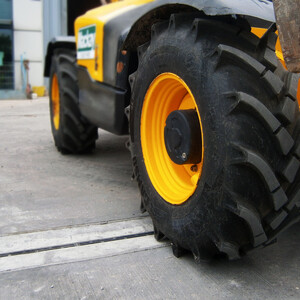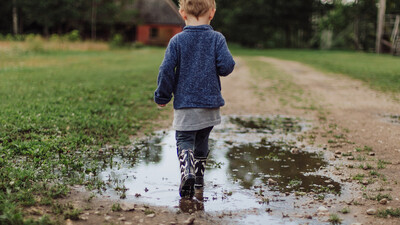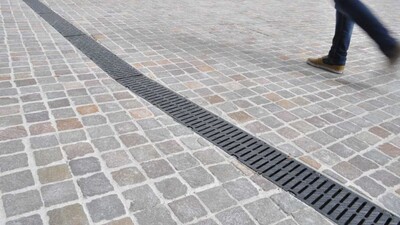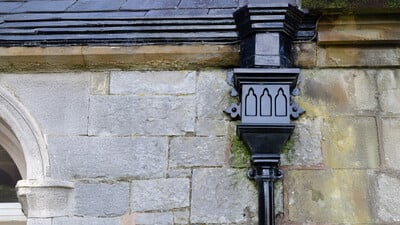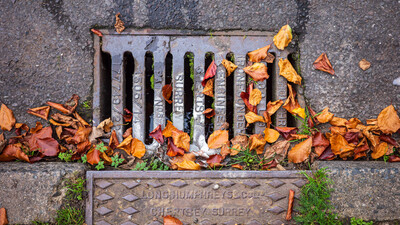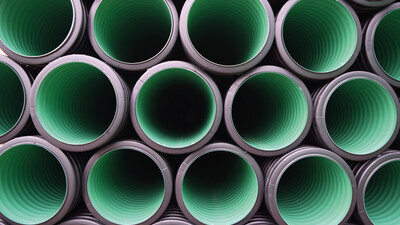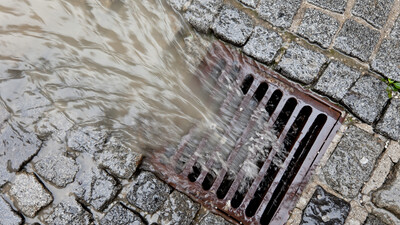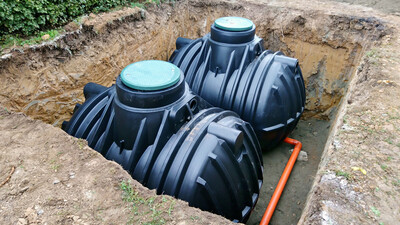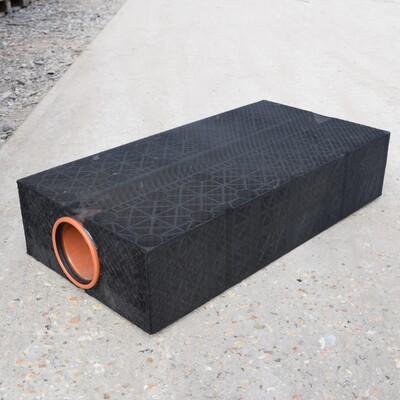

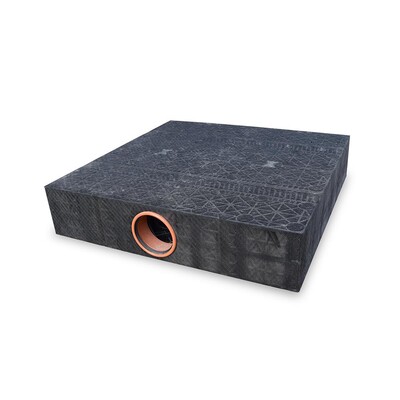
708mm x 708mm x 150mm Distribution Tank (Double) Wrapped in mesh c/w 110mm Socket
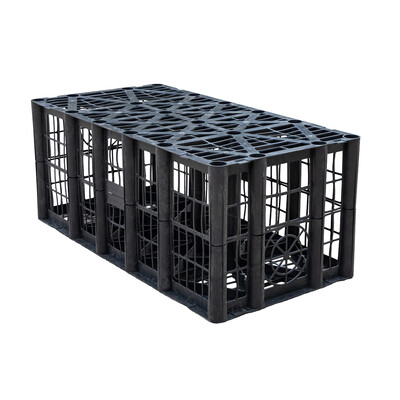
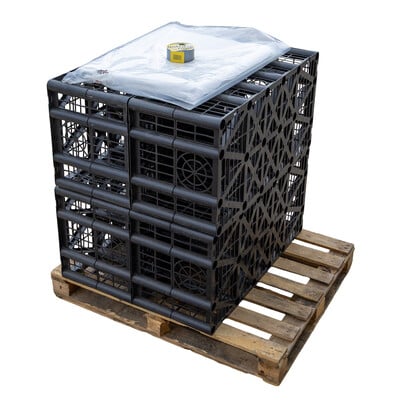
Soakaway Crate Kit, 4 x 60 tonne loading crates with clips, Geotextile, Joint & Duct Tape
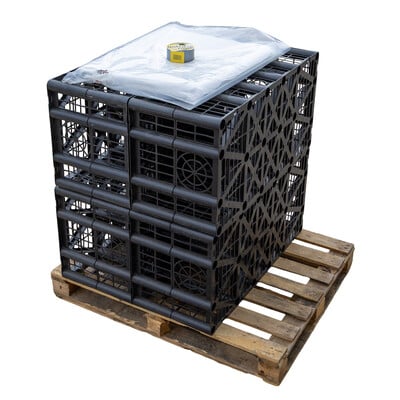
Soakaway Crate Kit, 4 x 20 tonne loading crates with clips, Geotextile, Joint & Duct Tape
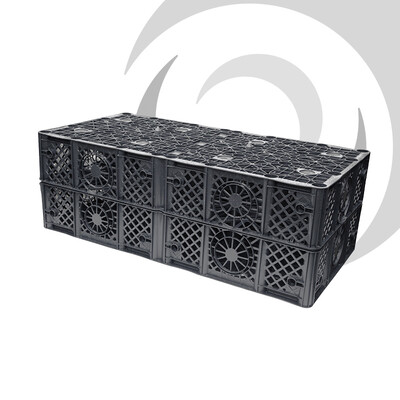
Hydrocell Storm Water Crate Heavy Duty Loading; 1.0m x 0.5m x 0.4m
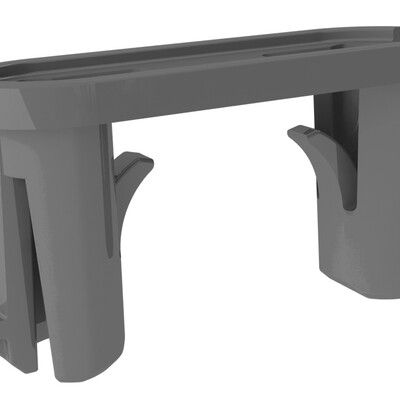
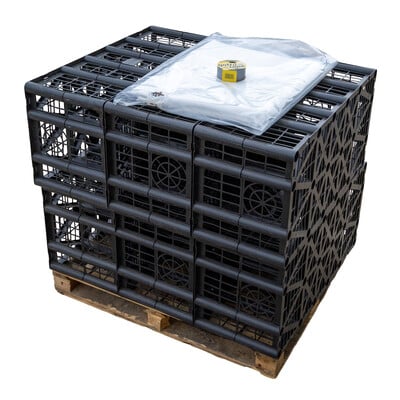
Soakaway Crate Kit, 6 x 20 tonne loading crates with clips, Geotextile, Joint & Duct Tape
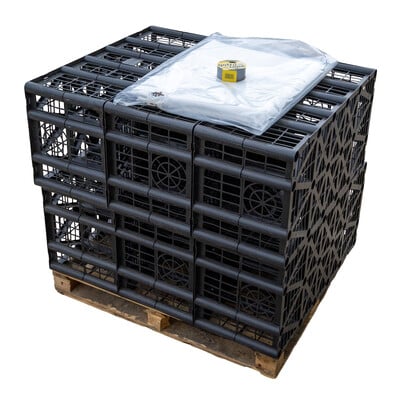
Soakaway Crate Kit, 6 x 60 tonne loading crates with clips, Geotextile, Joint & Duct Tape
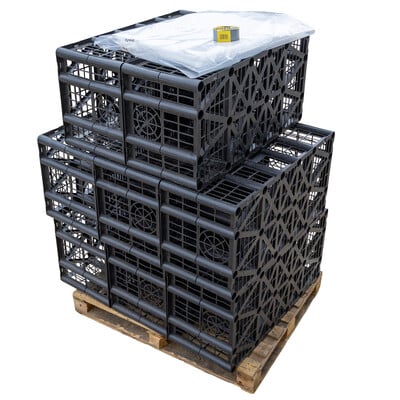
Soakaway Crate Kit, 8 x 20 tonne loading with clips, Geotextile, Joint & Duct Tape
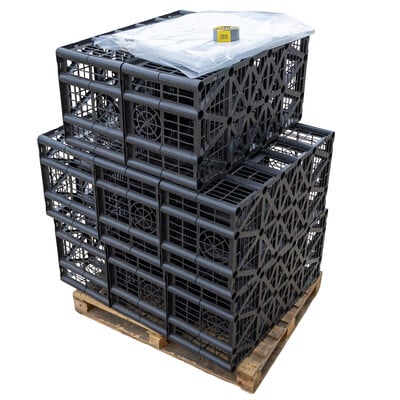
Soakaway Crate Kit, 8 x 60 tonne loading with clips, Geotextile, Joint & Duct Tape
Our Range of Soakaway Crates and Kits
From heavy-duty crates to mesh-wrapped distribution tanks, our soakaway solutions are designed to handle runoff safely and reliably. Everything is built to last, ready to install and supplied with all necessary connectors, and we have the necessary damp proof membranes and non-woven geotextiles to finish the job too. Read more about soakaway and attenuation systems on our blog, or contact our experts with any questions you have about drainage soakaway crates.
Why Choose Drainfast?
With over 20 years of experience, Drainfast is trusted by industry professionals nationwide. We offer rapid delivery, reliable ‘always-in’ stock, expert support and a full range of compliant drainage products across depots in the West Midlands, Hampshire and London. Our team is here to help you get the right soakaway kit first time, without any delays. Get in touch today and discover just how easy we make your underground drainage project.
Soakaway Crates FAQs
What Are Soakaway Crates?
Soakaway drainage crates are modular plastic units that are used to create underground voids for the collection of excess surface water. They help store run-off during heavy rain before gradually dispersing it back into the surrounding ground or drainage systems, making them a vital component of a modern surface water drainage system.
How Do Soakaway Crates Work?
When installed beneath a permeable surface, such as soil, drainage soakaway crates are able to temporarily store a quantity of surface water run-off, during a storm or sudden downpour, for example. The strong crates support the surface above as they’re wrapped in a special geotextile that lets water, but not soil, pass through. As they’re modular, they can be stacked up to ten high to create a larger underground void. Learn more about soakaway drainage crates.
What Size Soakaway Crate Do I Need?
The size and number of soakaway drainage crates you’ll require will depend on several factors, including your site’s size, soil type and rainfall data – and the more rainfall data available, the better. But don’t worry if it all seems very complicated, Drainfast offers a free take-off service to help you calculate the precise quantities you need – just contact our technical team for further guidance. Looking for some quick guidance? Learn more with our blog on calculating soakaway size.
Do I Need Planning Permission to Install a Soakaway Crate?
Planning requirements will vary depending on your location and project scale. We recommend consulting a project engineer or your local authority to seek clarity and ensure your soakaway meets building regulations and any other local requirements.
Where Are Soakaway Crates Suitable for?
Drainage soakaway crates are widely used beneath roads, pavements, car parks and across many commercial landscapes. They’re ideal for built-up areas where hard surfaces like concrete and tarmac increase runoff, and they are suitable for most civil, industrial or infrastructure projects as long as the proper ground conditions are present. They have increased in popularity as new ways are sought to deal with potential flooding issues.
Are Soakaway Crates Suitable for All Soil Types?
Not always. Soakaway drainage crates rely on the surrounding ground being permeable for the system to work, so they’re not suitable for areas with heavy clay or poorly draining soil. A test is usually recommended to check if the ground on your site can safely disperse water before continuing with your installation.
Help & Advice
Related articles
Delivery options
Enter your postcode for delivery timescales, accurate stock levels, and your nearest depot
